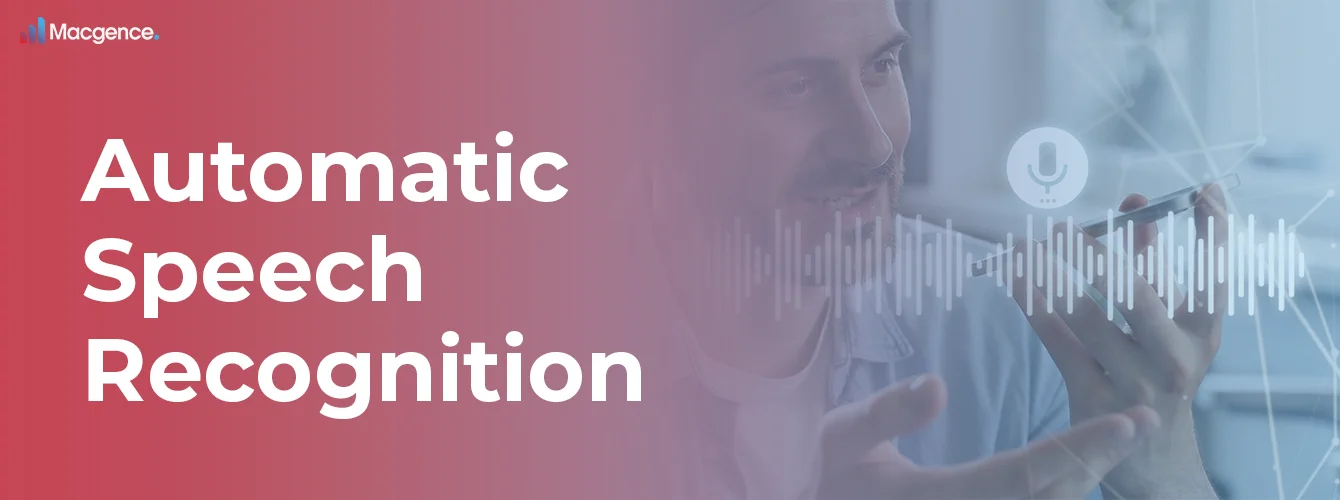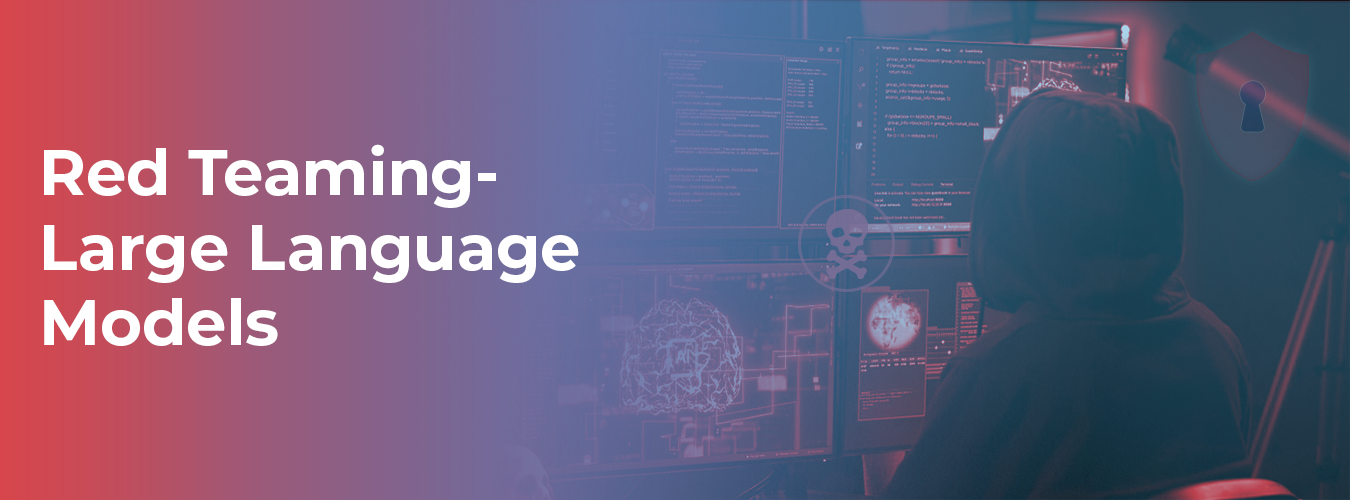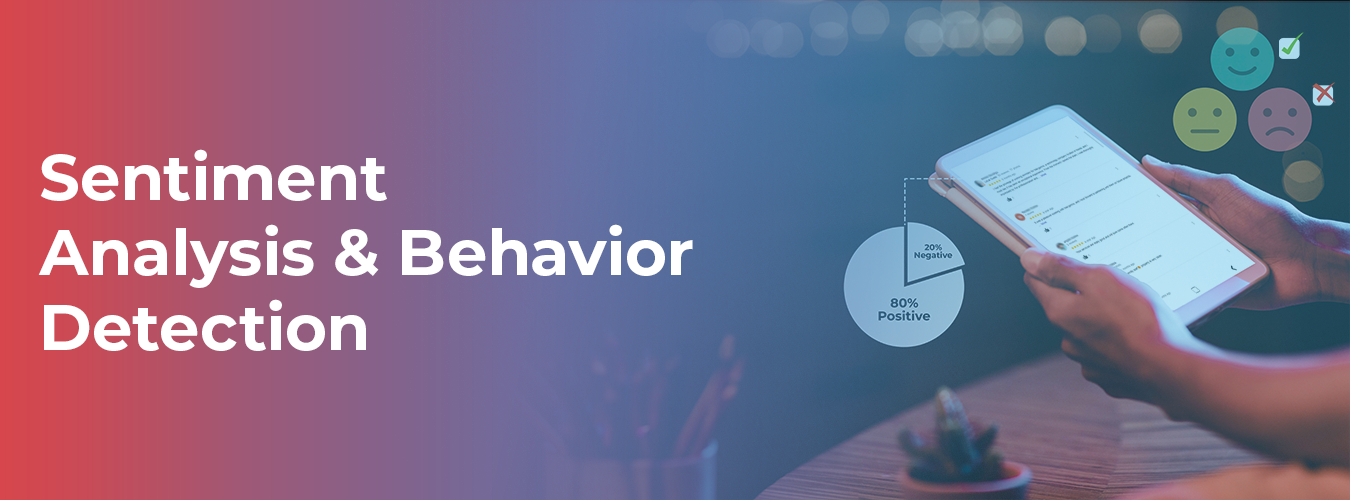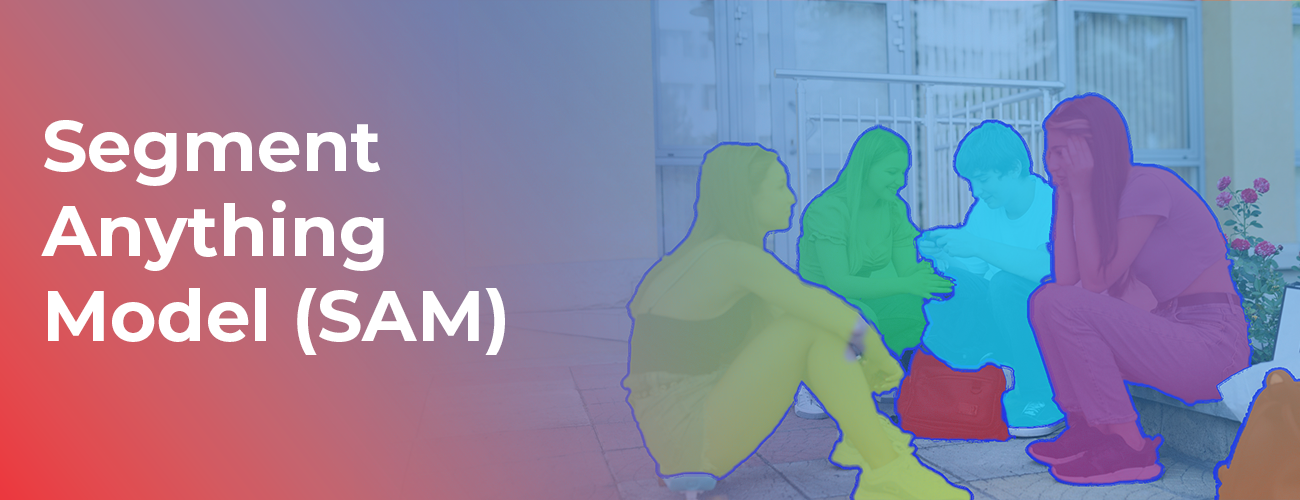Automatic speech recognition (ASR) technology is significantly impacting the world. This technology already transforms how students learn, employees work, and society functions. ASR also creates opportunities to assist specific communities of individuals, such as those navigating life or their studies with disabilities. While ASR is a valuable tool many people use daily, not everyone understands how it works or why it’s so helpful. Misconceptions about the role of ASR and its capabilities persist. Delve deeper into what this technology is, how it works, use cases of ASR, how it transforms industries, and how Macgence can help you with ASR solutions.
What is ASR?
Artificial intelligence is changing the way we teach, learn, and work. Automatic Speech Recognition (ASR) is a subset of AI that uses AI & ML to convert spoken words into written words (Speech to Text) and written language (Text to Speech). It is expected to expand to billions of dollars by 20 by 2028 at a CAGR of 6.0%.
ASR technology uses machine learning (ML) and artificial intelligence (AI) to convert human speech into text and vice versa. It’s a standard technology we encounter daily – think Siri, Okay Google, or any speech dictation software.
How ASR Works
Most ASR voice technology begins with an acoustic model to represent the relationship between audio signals and the basic building blocks of words. An acoustic model transforms sound waves into bits that a computer can use. From there, language and pronunciation models take that data, apply computational linguistics, and consider each sound in sequence and context to form words and sentences.
Simply put, ASR follows a set of steps/processes, which are:
- An individual or a group speaks, and the ASR software detects this speech.
- The device then creates a wave file of the words it hears.
- The wave file is cleaned to delete background noise and normalize the volume.
- The software then breaks down and analyzes the filtered wave file in sequences.
- The automatic speech recognition software analyzes these sequences and employs statistical probability, finally outputs the words we see as transcripts.
- Some technology providers’ ASR service includes editing by professional human transcribers. Adding this layer to the process helps correct errors and achieve greater accuracy.
Some Key Examples of Automatic Speech Recognition Variants

There are several different variants of automatic speech recognition (ASR) that are used in various applications. Here are a few examples:
- Directed Dialogue
It is the elementary variant of the two, in which the machine needs you to respond using a specific word from a set list of choices. It can process directed response requests only, for example: “Do you wish to re-purchase an item, see other similar items, or speak to a voice executive?
- Natural Language Conversations
It is the more advanced variant of the two, which is a combination of natural language understanding and automatic speech recognition, using natural language processing (NLP) technology, which can imitate a real-world open-ended chat conversation; for example, the system can visualize and interpret responses from a wide range of reactions, even before posing a question, “How can I help you today?”
- Speaker-independent recognition
Here, the system is trained to recognize speech from any speaker, regardless of their characteristics. You’ll find it used in public information systems, such as automated customer service or IVR systems, which must be accessible to many users.
Exploring More Use Cases for Speech Recognition Technology

Apart from using the automatic speech recognition technology in chat-based software, there are other use cases of this exceptional technology. Here are a few of them:
- Vehicle Speech Recognition
Today, we have the luxury of telling our car whom to call, which song to play, and where to set the destination. This all has become possible because of speech-to-text technology. This is a tremendous step in the safety aspect of your driving experience. By eliminating the need to interact physically with the screen, automatic speech recognition prevents loss of attention that may lead to an accident.
- Transcription Services
ASR technology has streamlined transcription, allowing fast and accurate conversion of spoken content material into written textual content. This has benefitted journalism, legal, and scientific industries, in which precise and well-timed transcriptions are crucial.
- Call Center & Customer Support
Centers have adopted automatic speech recognition systems to record customer interactions, allowing for better tracking, analytics, and quality control. By converting spoken conversations into text, ASR enables call center operators to review customer interactions and gain valuable insights to improve their services.
- Language learning
ASR technology has revolutionized language learning by providing real-time feedback on pronunciation and spoken language skills. This allows learners to adjust their speech plans, receive instant correction, and improve their fluency.
Automatic Speech Recognition (ASR) Industry Impact
ASR has many unique applications. For example, speech recognition can help improve customer experience, operational efficiency, and return on investment (ROI) in finance, telecommunications, and unified communications industries. Here is how ASR is revolutionizing various industries:
Finance
Speech recognition is applied in the finance industry for applications such as call center agent assistance and trade floor transcripts. Automatic speech recognition transcribes conversations between customers, call center agents, or trade floor agents. The generated transcriptions can then be analyzed to provide agents with real-time recommendations. This adds to an 80% reduction in post-call time.
Furthermore, the generated transcripts are used for downstream tasks:
- Sentiment analysis
- Text summarization
- Question answering
- Intent and entity recognition
Telecommunications
Contact centers are critical components of the telecommunications industry. You can reimagine the telecommunications customer center with contact center technology, and speech recognition helps.
As previously discussed in the finance call center use case, ASR is used in Telecom contact centers to transcribe conversations between customers and contact center agents, analyze them, and recommend call center agents in real-time. T-Mobile uses ASR for quick customer resolution, for example.
Unified Communications as a software (UCaaS)
COVID-19 increased demand for UCaaS solutions, and space vendors began focusing on using speech AI technologies such as ASR to create more engaging meeting experiences.
For example, ASR can generate live captions in video conferencing meetings. Captions generated can then be used for downstream tasks such as meeting summaries and identifying action items in notes.
How Macgence can help?
What automatic speech recognition technology has done to reshape human interaction with devices is undeniable. As we explore its immense potential, let’s also delve into how to apply and leverage this technology practically.
One such data service provider that expertly utilizes ASR technology is Macgence. A trusted partner in the automatic speech recognition field, Macgence provides a streamlined, user-friendly solution for converting visual media files into accurate audio descriptions. This audio transcription service, with Macgence, is both rapid and effortless, transforming your media content into precise transcriptions in moments.
The convenience continues beyond conversion. Macgence also offers a robust in-browser editor to enhance and fine-tune your transcriptions, ensuring they meet the highest standards of accuracy.
Utilizing Macgence saves valuable time and significantly reduces the effort traditionally associated with transcription. You can easily convert, refine, and export your transcript, all within a single, intuitive ASR services.
Macgence isn’t confined to a single language; it supports numerous languages, making it a global solution. Speed, precision, and versatility are at the core of the Macgence experience, offering a service that transforms how you interact with your content.
Some of the services provided by Macgence are:
- Automated Speech Recognition (ASR)
- Scripted Speech Collection
- Transcreation
- Spontaneous Speech collection
- Utterance Collection/ Wake-up Words,
- Text-to-speech (TTS)
At Macgence, our expertise creates high-quality speech datasets designed for varied AI/ML requirements. We offer an expansive range of languages and records in diverse settings, making our datasets comprehensive and adaptable. We focus on feeding models with the highest volume of custom speech data in the shortest possible time.
With us on board, you can expect:
- Curated high-quality multilingual audio/voice data to improve accuracy
- The highest possible level of domain specificity to target diverse scenario setup
- Scale your ML model to suit diverse demographics and verticals
Conclusion
Despite its trouble and intricacies, the Automatic Speech Recognition (ASR) generation is primarily targeted at making it possible for computers to listen to people. Getting machines to recognize human speech has far-reaching implications in our modern lives. It is already transforming how we use computers and will continue to do so. There are many exciting opportunities for innovation in this area. With the development of the latest strategies and technology, we can expect to see a dramatic improvement in the accuracy and usefulness of Automatic Speech Recognition systems over the coming years. Ultimately, this can result in better speech-understanding skills for machines and more natural interactions between humans and machines. You can avail of these services to get the best results for your AI-based projects with Macgence. Know more about these services by reaching out to our expert team today!
FAQs
Ans: – Automatic speech recognition is a form of AI that allows someone to interact with a computer application with their voice, thereby removing the need to enter data using a keypad.
Ans: – Essentially, the process works as follows: An individual or a group speaks, and the ASR software detects this speech. The device then creates a wave file of the words it hears. The wave file is cleaned to delete background noise and normalize the volume.
Ans: – ASR systems can transcribe audio in real-time or close to real-time, while human transcriptionists require appreciably extra time to transcribe the equal content.




